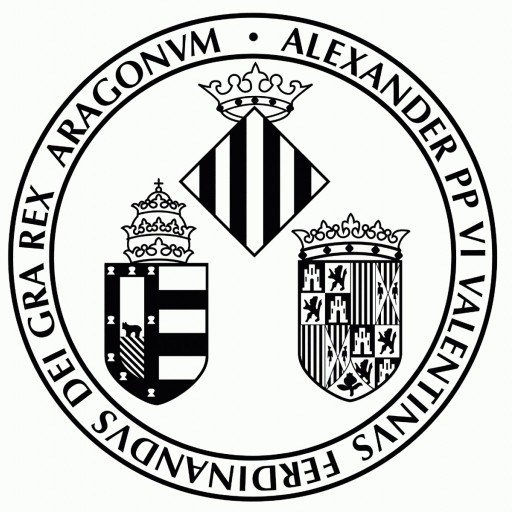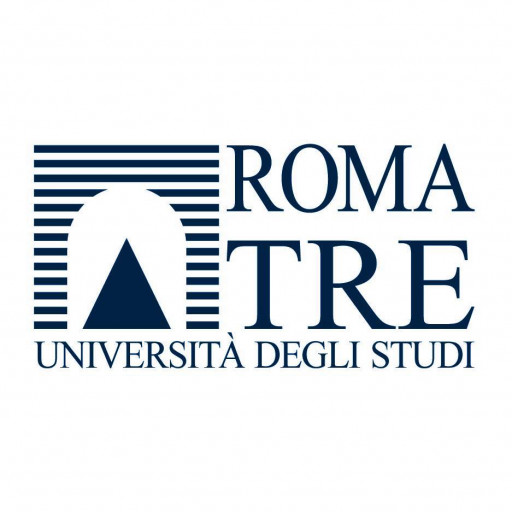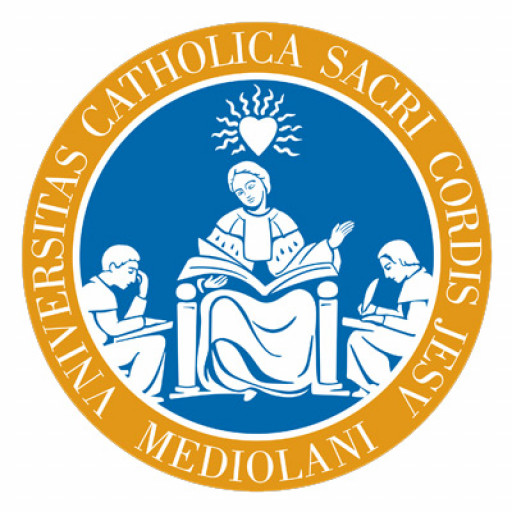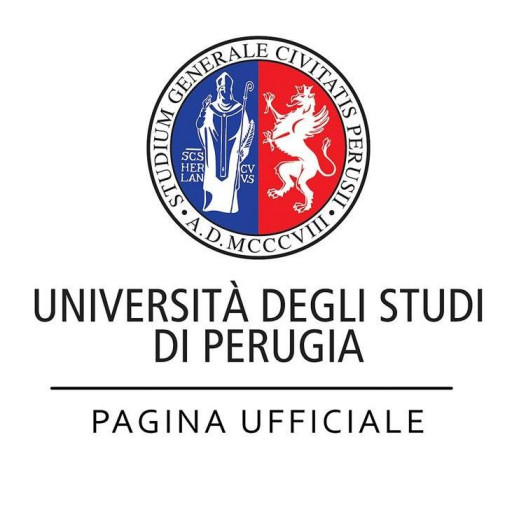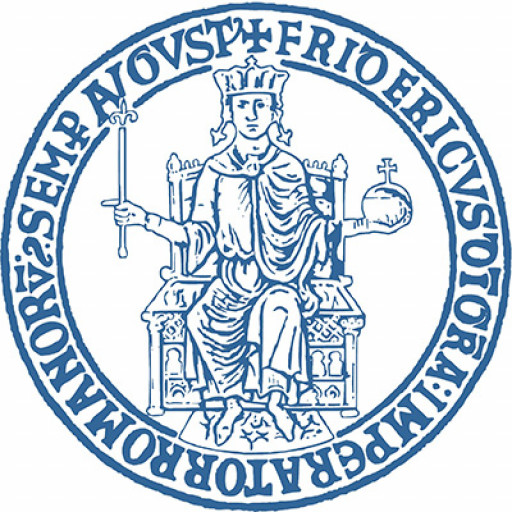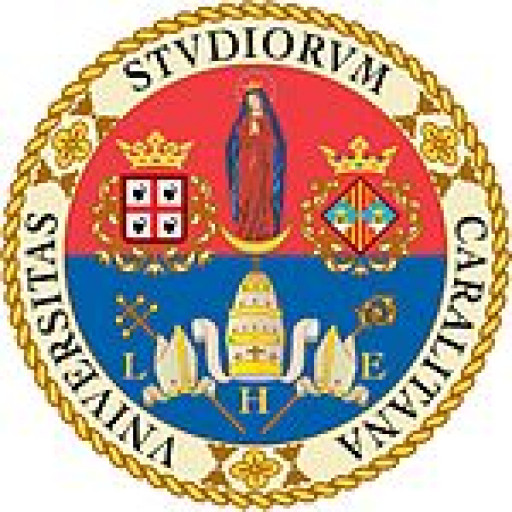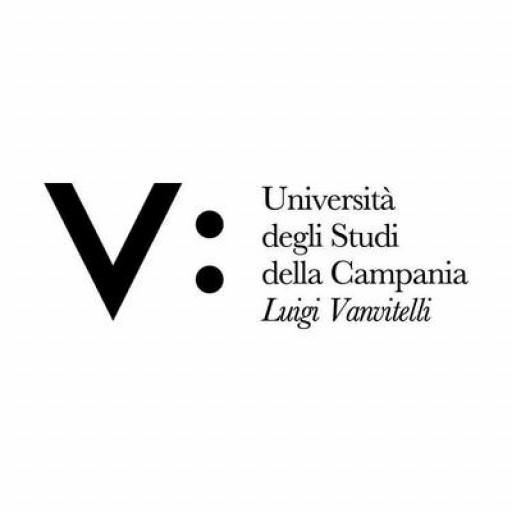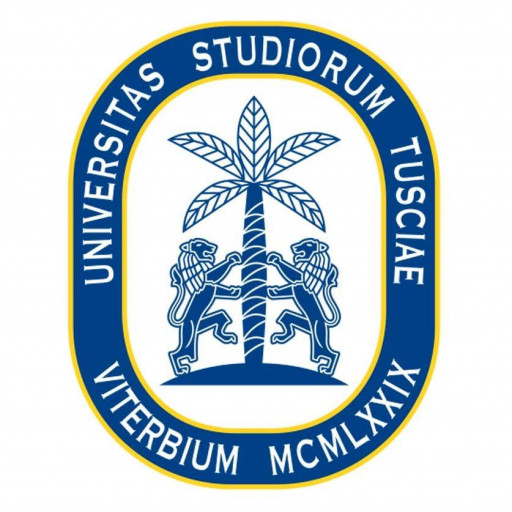Photos of university / #universitatvalencia
The Bachelor's Degree in History of Art and Visual Culture at the University of Valencia offers students a comprehensive exploration of the history, theory, and critique of visual arts from prehistoric times to the contemporary era. This program is designed to provide a deep understanding of artistic movements, cultural contexts, and the social significance of visual expressions across different civilizations and periods. Students will examine an extensive range of art forms, including painting, sculpture, architecture, design, and new media, fostering critical analysis and interpretative skills essential for careers in museums, galleries, cultural management, journalism, and academia. The curriculum combines theoretical approaches with practical applications, encouraging students to develop research skills, visual literacy, and an awareness of the cultural diversity and dynamics that influence artistic creation and reception. Through lectures, seminars, workshops, and internships, learners will engage with both classical and contemporary topics in art history and visual culture, gaining insight into provenance research, conservation, and the use of digital tools for analysis and presentation. The program emphasizes an interdisciplinary perspective, integrating insights from history, sociology, anthropology, and media studies to contextualize visual artifacts within broader cultural and societal frameworks. Graduates will be equipped to analyze and interpret visual data critically and will be prepared for further postgraduate studies or professional roles in cultural institutions, education, and media. The Department of Art History and Visual Culture at the University of Valencia is renowned for its research excellence and vibrant academic community, providing students with access to extensive library resources, exhibitions, and conferences. This program aims to foster a nuanced understanding of the evolving nature of visual culture and prepare graduates to contribute thoughtfully to the preservation, interpretation, and promotion of cultural heritage in a globalized world.
Compulsory
- Research training
- Master's final project
Optional
- Analysis and interpretation of the image
- Introduction to art history
- Professional applications of artistic and historical research
- Contemporary visual culture
- Approaches and issues
- Epoch and cultures
- External internships
The programme is addressed to students from the Humanities and Social Science areas having completed undergraduate studies or a master’s degree; graduates with the following profiles will find the masters particularly interesting: History of Art, History and Heritage, History, Fine Arts, Audiovisual Communication, Humanities, Philosophy, Languages, Anthropology, Sociology, Information Sciences and Architecture. The same applies to those holding a diploma in Conservation and Restoration, Tourism, and Librarianship and Documentation.
This master's course is also offered to other graduates, especially to freelancers working in the field of culture and art, civil servants working in different public administrations (central, regional or local levels), entrepreneurs from the tourist sector, and employees working in private institutions. All of them must prove their professional experience in this area to the Master’s Academic Commission, and hold a university degree.
The Master's Academic Commission is responsible for admission on the basis of the following selection criteria:
- Qualifications: the affinity of the student’s educational profile with the master’s speciality will be considered. Having a degree in History of Art, History and Heritage, History, Audiovisual Communication and Fine Arts, and in other related studies will be taken into consideration.
- Average mark in academic records/transcript.
- Collaboration scholarships.
- Curriculum vitae (training courses, research merit, and professional experience related to the masters).
- Languages.
- Letters of recommendation.
- Previous work experience.
- Complementary education in the masters’ or doctorate study area.
- Access test. This will consist of a personal interview or a motivation letter explaining the candidate’s interest in doing the masters.
Students holding diploma studies must earn 60 compensatory credits minimum from the core subjects of the History of Art degree, to be able to total 240 ECTS (180 + 60 ECTS), which is the amount required to start postgraduate studies. Given the master’s specialisation and clear research profile, the tutor allocated to the student by the Academic Coordination Commission may recommend the student to complete some courses from the History of Art degree in order to make up for some shortcomings in certain subjects related with the master's area of knowledge.
The financing of the Bachelor’s Degree in History of Art and Visual Culture at the University of Valencia is structured through a combination of public funding, student contributions, and possible scholarships or financial aid programs. As a public university in Spain, the University of Valencia primarily relies on governmental support from regional and national authorities to fund its academic programs, infrastructure, and resources. This public funding covers the core expenses of the university, including faculty salaries, campus maintenance, and academic resources essential for delivering high-quality education.
Students enrolled in this program are responsible for paying tuition fees, which are regulated annually by the Spanish government and the university itself. Tuition costs vary depending on the year of study, the student's status (whether they are from Spain or the European Union), and the specific faculty. The university strives to keep these fees accessible to accommodate a broad demographic of students interested in art history and visual culture.
In addition to tuition, students may incur costs related to textbooks, academic supplies, and participation in internships or field trips, which are often part of the curriculum. The University of Valencia offers various scholarships and grants aimed at supporting students financially. These are awarded based on merit, economic need, or specific criteria such as research excellence or regional origin. The university also collaborates with governmental programs such as the Spanish Ministry of Education, which provides grants for university studies, as well as Erasmus+ exchanges that can financially support international mobility.
Students from within Spain and the European Union benefit from reduced tuition fees compared to non-EU international students. Furthermore, the university provides information on available student loans and financial counseling services to help students plan and manage their educational expenses effectively. Many students also find part-time employment opportunities on or near campus to supplement their income, contributing to the overall financing of their studies.
Funding for research activities within the program can be obtained through national and European research grants, which support faculty-led projects, internships, and student research initiatives. These grants help enhance the academic environment and provide additional resources for students interested in specialized areas of art history and visual culture.
In conclusion, the financing of the Bachelor’s Degree in History of Art and Visual Culture at the University of Valencia is a multi-source process involving public funds, student payments, institutional scholarships, and external grants. The university endeavors to make higher education accessible through financial aid programs and support services, ensuring that students can focus on their academic and professional development in the arts.
The Bachelor's Degree in History of Art and Visual Culture at the University of Valencia offers students an in-depth understanding of the development, interpretation, and significance of visual arts throughout history. The program is designed to provide a comprehensive foundation in art history, covering various periods, regions, and artistic movements, from ancient to contemporary times. Students will study a wide range of visual phenomena, not only traditional fine arts such as painting, sculpture, and architecture but also includes photography, new media, and digital arts, reflecting the evolving nature of visual culture today. The curriculum emphasizes critical analysis, research skills, and cultural context, enabling graduates to interpret visual material within historical, social, and political frameworks.
This degree program combines theoretical courses with practical training, including visits to museums, galleries, and archaeological sites, fostering a deep appreciation for original works and cultural heritage. Students are encouraged to develop their analytical and communication skills through seminars, presentations, and research projects. The program also integrates interdisciplinary approaches, drawing from anthropology, sociology, and media studies, to explore the wider implications of visual culture within society. Graduates of this degree often pursue careers in museums, galleries, cultural management, education, publishing, and research, or they may continue their studies in master's programs in art history, museology, or related fields.
The University of Valencia's faculty comprises experienced academics and professionals who are active in research and publication, ensuring that students receive current and comprehensive instruction. The program is structured over three years, with coursework, practical training, and a final project or thesis. Located in a vibrant academic environment, students benefit from the university’s extensive resources, including a specialized library, digital archives, and connections with cultural institutions in Valencia and broader Spain. Overall, the degree aims to produce well-rounded professionals with a thorough understanding of the history and theory of visual culture, capable of analyzing and contextualizing the visual world around them.
